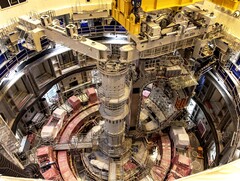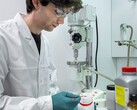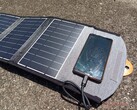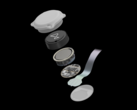The U.S. Department of Energy’s National Ignition Facility (NIF) has recorded a new milestone in inertial-confinement fusion. Two recent shots reportedly yielded 5.2 megajoules and 8.6 megajoules of energy, comfortably topping the laboratory’s 3.15 megajoule result from late 2022.
Publication details released by Lawrence Livermore National Laboratory show that, on 23 February 2025, NIF achieved ignition for the seventh time, delivering 5.0 megajoules from a 2.05 megajoules laser pulse - an energy gain of 2.44 and the facility’s best performance. The new, higher-yield shot appears to stem from a subsequent experiment, though LLNL has yet to issue an official confirmation.
NIF’s process relies on inertial confinement: 192 ultraviolet laser beams converge on a gold hohlraum that houses a BB-sized pellet composed of deuterium-tritium fuel encased in diamond. X-rays generated inside the hohlraum ablate the pellet’s surface, driving an inward pressure wave that compresses the fuel to fusion conditions and releases energy.
Despite the impressive improvement in output, the facility still consumes far more power than it produces; the first net-positive shot alone required roughly 300 megajoules to run the laser system. NIF was built as a proof-of-concept research platform rather than a pilot power plant, and none of the experiments to date can feed electricity back to the grid. Magnetic confinement - a competing approach that employs superconducting magnets to hold hot plasma - has yet to reach net-positive conditions but is advancing in parallel.
LLNL expects additional high-energy shots over the coming months. Continued repetition at multi-megajoule yields will inform target design, laser-pulse shaping, and materials research, all essential for any future transition from single-shot demonstrations to sustained, reactor-scale fusion.
Source(s)
TechCrunch (in English)














